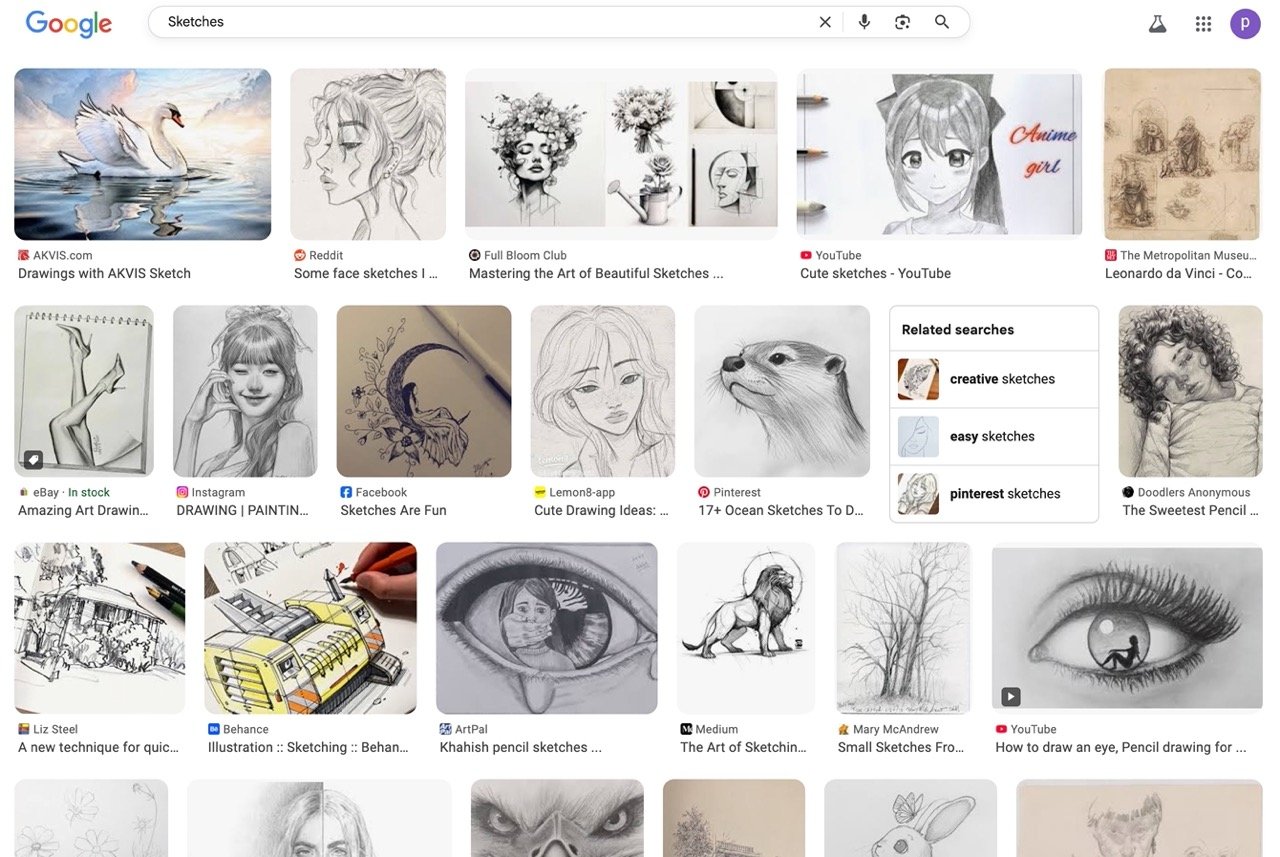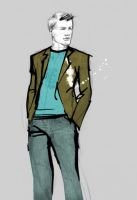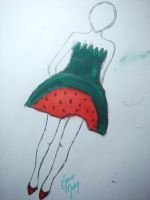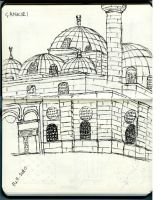Police sketches have long stood at the intersection of art and law enforcement, playing an important role in identifying criminal suspects and assisting investigations. In an era where digital surveillance reigns, these hand-drawn images still provide a critical bridge between eyewitness memory and justice. This article explores how police sketches aid in crime solving, their evolution, and their relevance in modern criminal investigations.
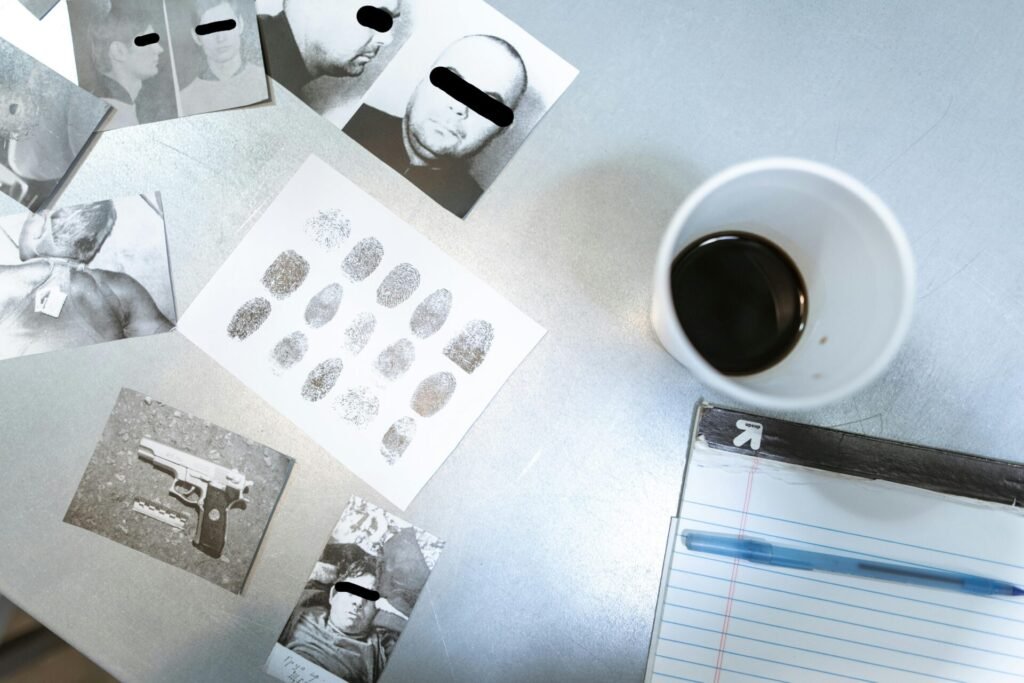
Understanding Police Sketches
Police sketches, also known as forensic sketches or composite sketches, are illustrations of suspects based on witness descriptions. Created by trained sketch artists, these drawings are used to generate leads when photos or video footage are unavailable.
- Eyewitness Accounts as Foundation: Sketch artists rely heavily on witness memory, which can be subjective and fragmented. The skill lies in interpreting subtle facial feature descriptions into accurate illustrations.
- Composite vs. Freehand Sketches: Some sketches are built from reference catalogs (composites), while others are freehand interpretations guided by verbal cues.
Historical Use in Criminal Investigations
Police sketches date back to the 19th century and gained prominence throughout the 20th century with high-profile cases.
- Notable Early Examples: Cases involving serial offenders often made forensic sketches pivotal. Artists worked closely with victims to produce visuals that could be disseminated publicly.
- Media and Poster Distribution: Before the age of digital media, sketches were reproduced in newspapers and posters—an early form of crowdsourced law enforcement.
Sketch Artist Techniques and Tools
The accuracy of police sketches relies not only on witness input but also on the methods and intuition of the artist.
- Cognitive Interviewing: Artists use techniques to help witnesses recall facial features, often asking about comparisons (“Did he look like anyone famous?”).
- Facial Proportion Knowledge: Artists are trained in anatomy and psychology to interpret phrases like “sharp jaw” or “wide-set eyes.”
- Digital Enhancements: Some agencies now use software tools to render digital composites, but hand-drawn images still offer expressive clarity.
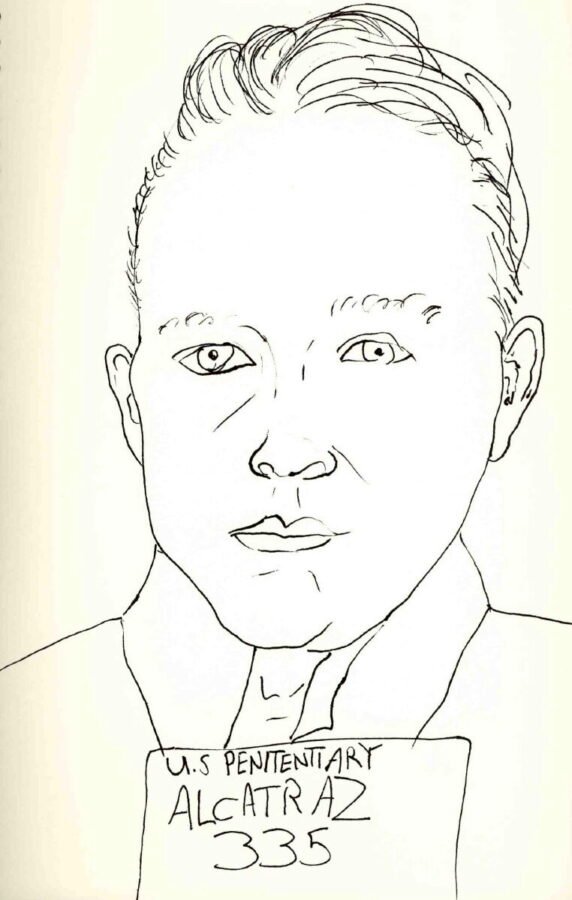
credit: STMCGURIN
Relevance in Today’s Investigative Landscape
Despite technological advances in surveillance and facial recognition, police sketches remain relevant for various reasons:
- No Footage Available: Many crimes occur outside camera view, especially in low-income or rural areas.
- Time-Sensitive Leads: Sketches can be released quickly to generate early tips before digital forensics are completed.
- Public Engagement: A compelling sketch may resonate emotionally with viewers, prompting tips that lead to identification.
Success Stories and Impact
Several cases highlight how police sketches have led to real breakthroughs.
- Identification Through Public Recognition: A well-circulated sketch helped identify a kidnapping suspect when a passerby recognized the face.
- Matching to Prior Records: Sketches sometimes help detectives match suspects to mugshots or behavioral profiles.
- Collaborative Leads: Artists sometimes work with behavioral analysts to refine portraits based on psychological tendencies.
Challenges and Limitations
While valuable, sketches aren’t without flaws.
- Eyewitness Inaccuracy: Human memory is fallible, and trauma can distort perception.
- Artist Bias: Inadvertent interpretation by the artist may introduce error.
- Legal Admissibility: Sketches are rarely presented as primary evidence in court but are used as supporting material in investigations.
The Future of Police Sketches
Sketching technology continues to evolve alongside investigative techniques.
- AI Integration: Some agencies explore combining AI facial generation with witness cues for faster composites.
- Augmented Reality Matching: Future tools may allow witnesses to select facial features from interactive 3D models.
- Cross-Database Matching: Advanced systems can match sketches to criminal databases using recognition algorithms.
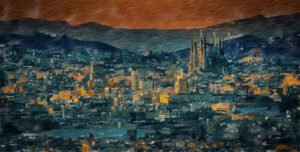
Sketchbooks.org | ON LOCATION
Sketching in Europe | Top Destinations for Creative Travelers
Europe has long been a magnet for artists seeking inspiration in its rich history, diverse landscapes, and vibrant street life. For sketchers, the continent offers an endless array of visual treasures—from medieval alleyways and sunlit...
Frequently Asked Questions
What is a police sketch?
A police sketch is a visual representation of a suspect based on eyewitness accounts.
How accurate are police sketches?
Accuracy depends on the witness’s memory and the artist’s interpretation, making them useful but not definitive.
Who creates police sketches?
Specially trained forensic artists, often with backgrounds in fine art and law enforcement, create these sketches.
Are sketches still used today?
Yes—especially in cases without surveillance footage or when rapid identification is needed.
Do sketches hold up in court?
They rarely serve as direct evidence but can support investigative leads and corroborate testimony.
What tools do sketch artists use?
Artists may use pencils, software programs, and forensic databases to refine their images.
Can police sketches mislead investigations?
Yes, if based on faulty witness descriptions or biased interpretations, they can misdirect leads.
Are digital sketches replacing hand-drawn ones?
Digital tools are on the rise, but hand-drawn sketches remain prevalent for their expressive detail.
How long does it take to create a police sketch?
A sketch typically takes between one to four hours, depending on the detail and witness cooperation.
Do sketches help solve real cases?
Absolutely—numerous cases have been cracked thanks to public tips spurred by police sketches.
Final Thoughts
Police sketches remain a valuable tool in law enforcement, bridging human memory and investigative technology. While not infallible, their historical success and evolving utility make them an enduring part of criminal justice. Whether drawn by pencil or rendered digitally, the art of suspect identification continues to shape how we solve crimes and seek justice.
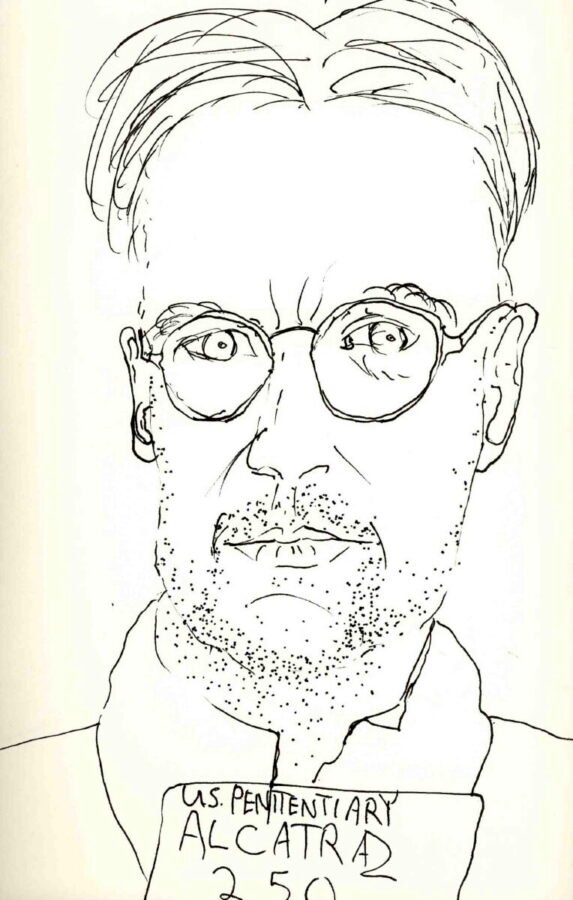
credit: STMCGURIN
Ready to Share Your Work?

